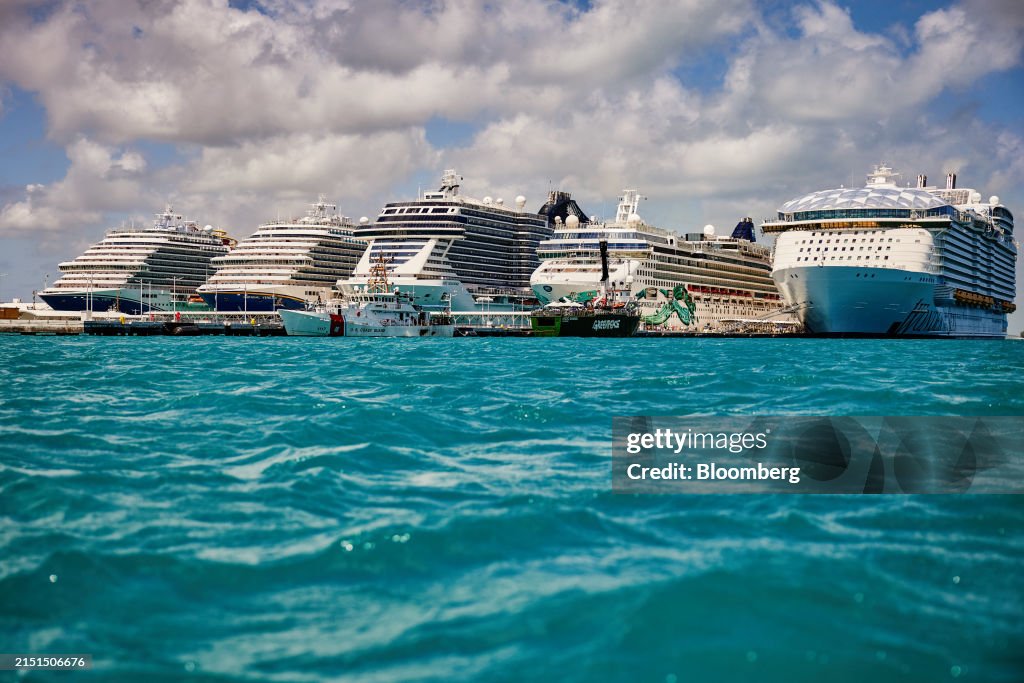News Americas, New York, NY, October 28, 2024: The cruise industry reached new economic heights in the Caribbean and Latin America during the 2023-2024 season, reaching a record $4.27 billion in direct spending from cruise tourism, according to a newly published study.

Led by Business Research & Economic Advisors, (BREA) and commissioned by the Florida-Caribbean Cruise Association, (FCCA), the report highlights the essential contributions of the sector to regional economies, strengthening employment, wages and direct spending in 33 participating destinations.
The 33.3 million cruise passenger and crew land visits across the Caribbean and Latin America generated $4.27 billion in spending – a 27% increase from the previous study’s record in 2018. The industry also supported over 94,000 jobs, with total payrolls exceeded $1.27 billion, marking a significant boost to local economies and job creation.
Michele Paige, CEO of FCCA, expressed pride in these results, highlighting the positive impact on local lives and livelihoods. “This study not only underscores the economic value of cruise tourism, but also provides insights into future collaboration between cruise lines and destinations to enhance mutual success,” said Paige.
Key findings indicate that the impact of cruise tourism was primarily derived from passenger, crew and cruise line spending. Highlights include:
- Passenger and crew expenses: 29.4 million ground passenger visits contributed $3.07 billion in spending, an average of $104.36 per passenger. Crew visits, numbering 3.9 million, generated $229.5 million with an average spend of $58.78 per crew member.
- Cruise Line Expenses: Cruise lines spent an additional $968.3 million on port services, supplies and fees, an average of $29.3 million per destination.
- Economic impact per call: For a single cruise call with 4,000 passengers and 1,640 crew, total passenger and crew expenses averaged $369,100.
- Among the 33 destinations highlighted, the Bahamas led the way in total spending at $654.8 million, followed by Cozumel, Mexico at $483.1 million and the US Virgin Islands at $258.1 million. Other key destinations included the Dominican Republic, Puerto Rico, St. Maarten and Jamaica, each benefiting from multi-million dollar spending that contributes to their economic vitality.
The report measured economic impacts using passenger and crew surveys, along with data from regional government and economic development agencies to estimate local employment, wages, port revenue and taxes. The 31 destinations analyzed in the 2018 and 2024 studies saw a 17% increase in passenger visits, while average passenger spending increased in 26 of these destinations. Notably, 14 destinations saw average passenger spend above $100, up from 12 in the previous study.
While the study focused on direct economic impacts, it also suggested that indirect benefits from cruise tourism can be substantial. These include supplies purchased from local businesses, the potential for return visits from cruise passengers, and partnerships between cruise lines and local NGOs that further contribute to community growth.
The report was unveiled at FCCA’s 30th annual Cruise Conference & Trade Show in St. Louis. Maarten, emphasizing the importance of fostering collaboration between cruise stakeholders and regional destinations. Detailed insights from the study, including individual destination metrics, passenger satisfaction and shore excursion preferences, are available on the FCCA website.
As Caribbean and Latin American destinations continue to grow their cruise tourism offerings, this record season provides a solid foundation for sustainable growth and partnership with the global cruise industry.


